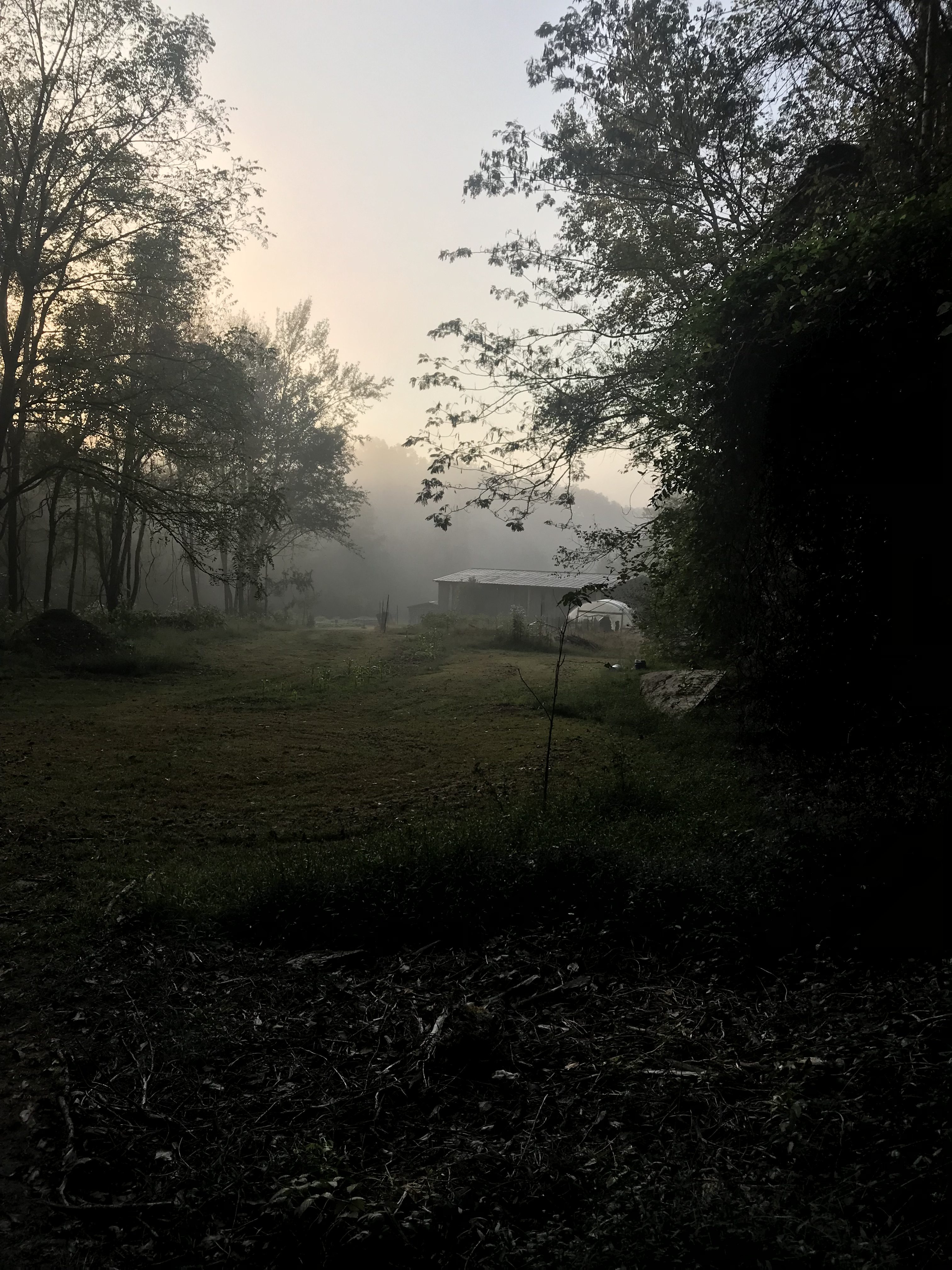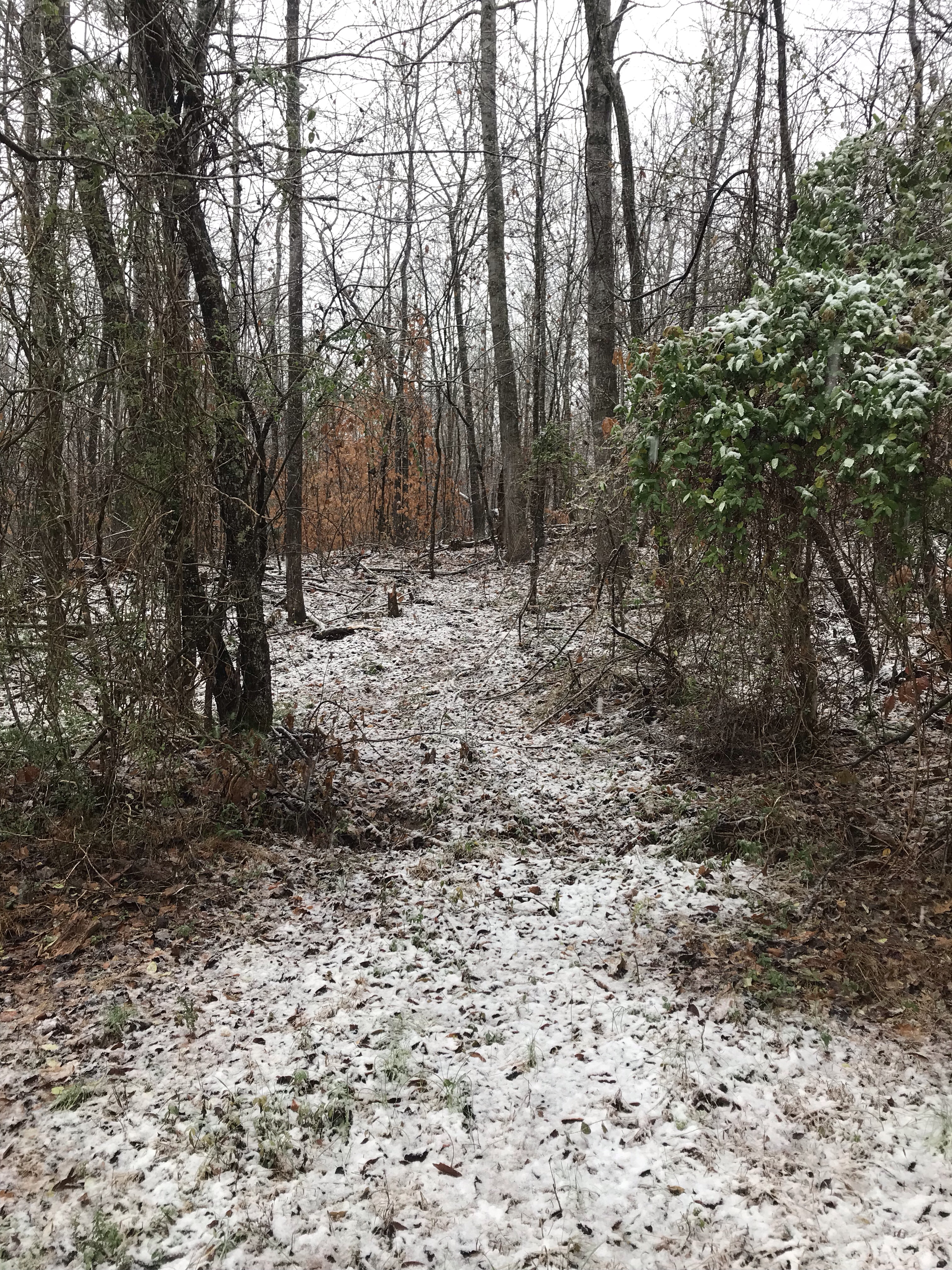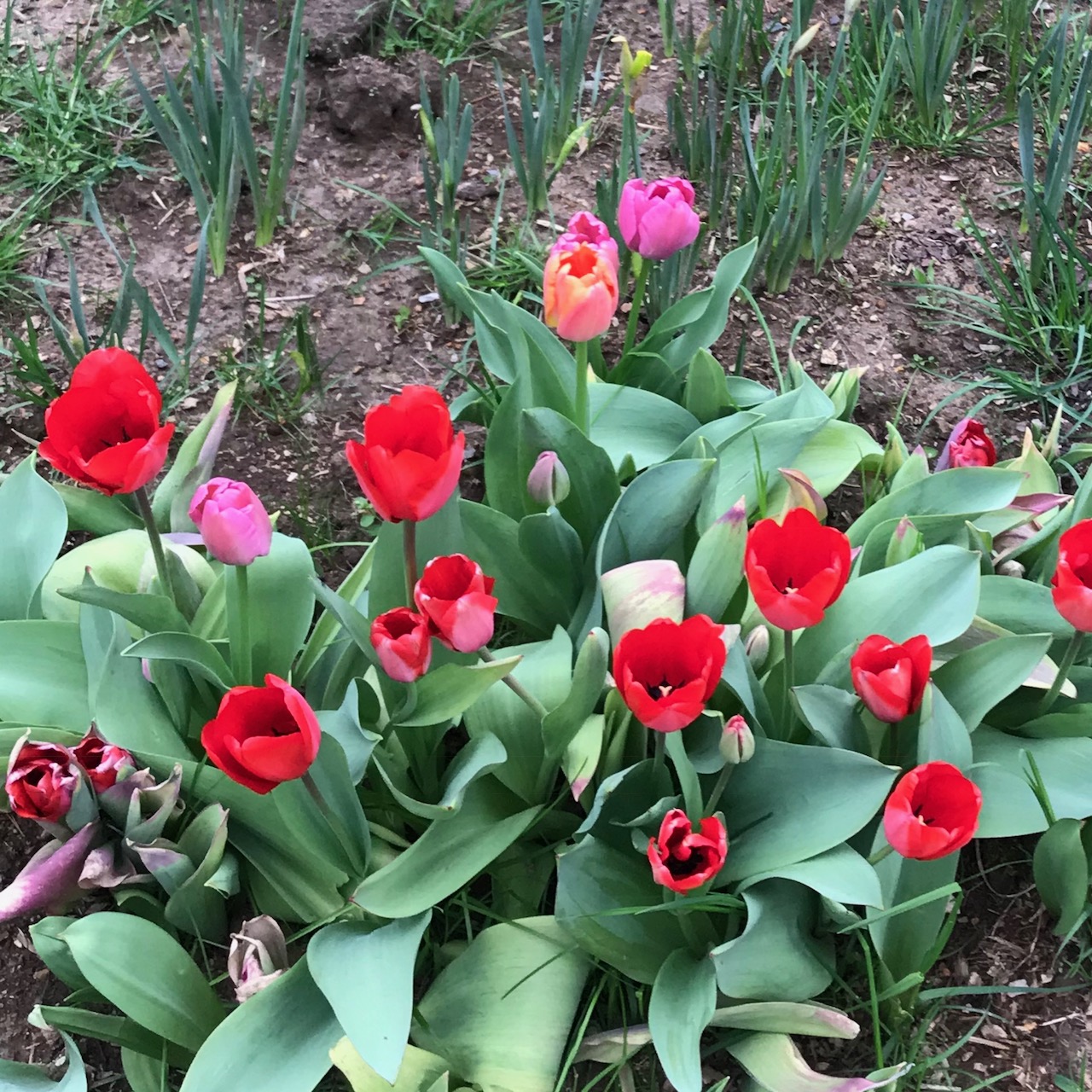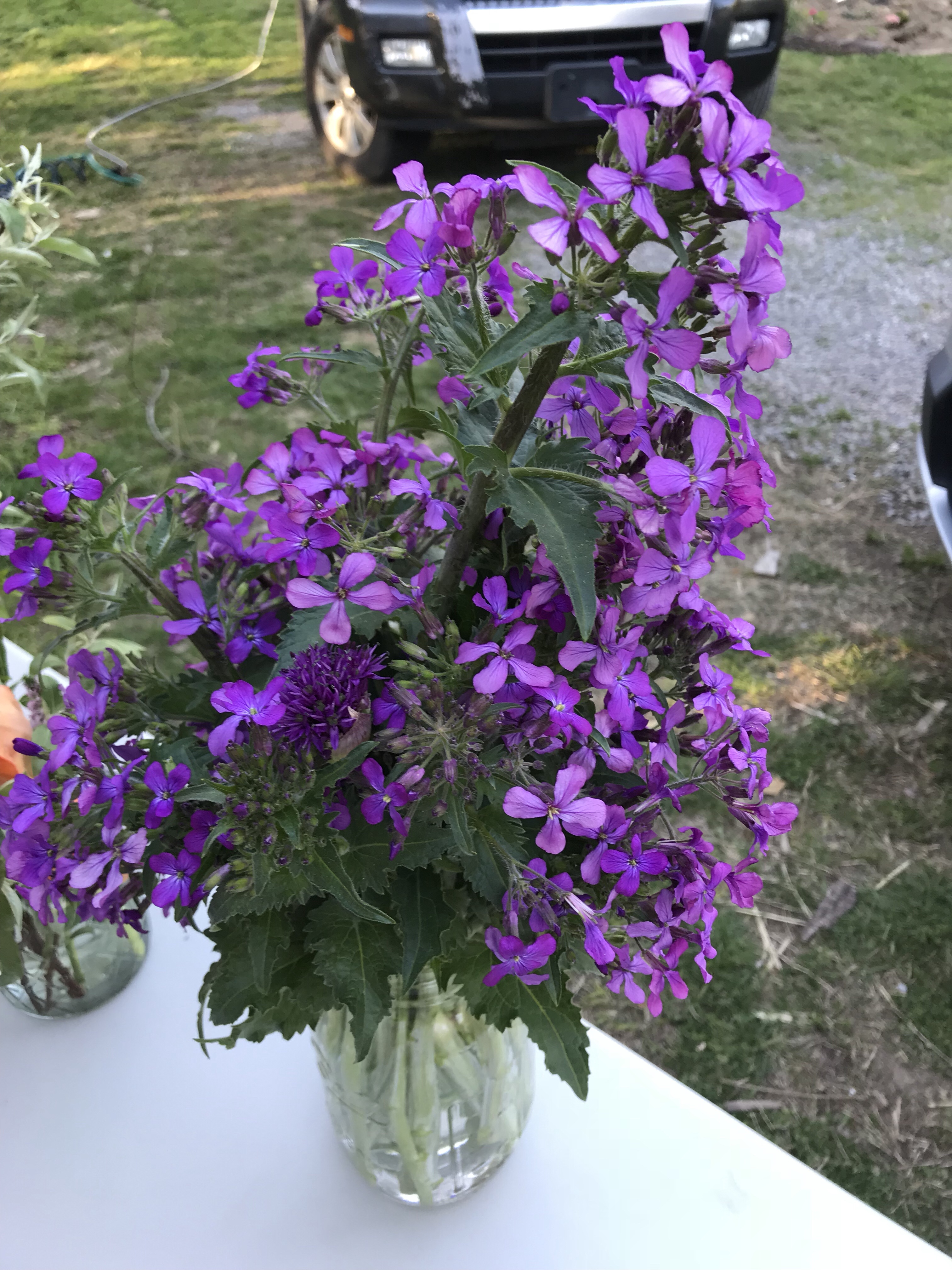 As the green leaves of summer held on for their last days, the promise of cooler temperatures, and the beauty of Autumn overshadowed most all of the activities on the homestead. What a wonderful growing season this had been, and as much as we wanted it to last forever, the promise of winters chill brings with it the promise of springs rebirth.
As the green leaves of summer held on for their last days, the promise of cooler temperatures, and the beauty of Autumn overshadowed most all of the activities on the homestead. What a wonderful growing season this had been, and as much as we wanted it to last forever, the promise of winters chill brings with it the promise of springs rebirth.
Our Fall was late to get the message that it was time to begin its magic. For that I do apologize, because I prayed most every day this summer that we would have a late frost. While I wanted to make the growing season last as long as possible (and as I write this in early November, we still are having sunflowers bloom), we had grown a secret crop that needed as long a growing season as possible.
You see, this year, we planted cotton. For most of my life I had heard stories from my parents, and grandparents about the beauty of cotton. It seemed a natural product for us to try to grow as it is prized by many crafters and its beauty is undeniable.
The problem was that I decided late in the game to grow cotton. Not only must you have seeds, a place to plant, and sun, in the state of Tennessee (and other states) you need state permission. The State of Tennessee had spent almost $140 million dollars to eradicate the boll weevil. It is very understandable that they do not want every Joe Dirt on the corner throwing cotton in the ground. The State Agriculture Agency was beyond great to work with. In working with the State Ag Agency, I learned that there were only a couple of us who grew cotton in East Tennessee. Most of the agriculture in East Tennessee is corn grown from a jar. We have a song about it don’t ya know.
Our cotton was planted the week of June 5th. We planted three varieties – Variegated White, Mississippi Brown and a commercial White. In total we had about 300 plants out. Cotton is a very slow growing crop – 140 to 170 days. So on faith, it was sowed about a month late, and in faith it was checked most every day for development.

The cotton flower
One of the most beautiful blooms on the farm was the cotton. This was a tremendous surprise to me. When the first blooms appeared in mid July, it was overwhelming. Around this same time, the Lisianthus was producing its blooms, and Lisianthus is a very beautiful and long lived flower. The cotton flower showed through as bright as the Lisianthus to me. The cotton flower would only last for about a day when taken from the plant, and taking the flower away would prevent a boll from forming.

Pre Cotton Picking Farmer
One of the great joys of my later life is to spend time with my family. I know how fortunate I am to still be able to spend time with my parents and try not to take it for granted. Back in early September, I had visited Mom and Dad and we travelled to the Mississippi Delta where we were surrounded by thousands of acres of cotton. Listening to the many stories that they told and imagining what it must have been like in their youth to work the cotton was inspiring.

The First Open Boll
And so it was on October 24th that I became a cotton picking farmer, joining four generations of my family in the pursuit. Granted the stakes were somewhat lower, and the yields for sure much lower. When I think of the stress that the early families must have felt when the crops were planted, not knowing what the weather or insects would bring, but knowing that this crop would be necessary to feed and clothe the family through winter, it is humbling.
What now seems a quaint concept, was survival in those days. Girls, as young as pre teen would pick six foot tall bags of cotton. While it looks fluffy and soft (and the fibers are), the boll itself is sharp, and a days picking would leave hands chapped and cut. Those tall bags of cotton would be combined with other bags of cotton on a hay wagon, hitched to the mule team and taken to the local community gin, where it would be ginned.
Through this growing season, I’ve learned a lot. One of the things that I believe is universal to all is that we love a good mystery. Learning new things through discovery is an important part of our growth. Too often now we take for granted information, since it sits at the ends of our fingertips on computer screens. Still though, putting your hands in dirt, and learning by doing is a far better teacher in my opinion.
Before we started this season on the farm, I would rush from activity to activity, getting mcnuggets of information wherever it came from. There were oasis’s from time to time where standing on a mountaintop at the edge of the city lights, the milky way galaxy was as prominent as the people beside you, or when the investigation of a call from an unknown bird from the trees beside the house led to the discovery of a nest of babes only minutes old.
One of the most prominent changes to my life has been the appreciation of those things which seem almost invisible when life is pressing. When the focus of the lense of life is on the day to day activities, the tapestry of time which is laid beautifully in front of us tends to disappear.
The pace of my work has changed this season, I still have way more work than I could possibly do, but it is self paced. 15 minutes for a late summer sunset viewing, 200 square feet of earth to grow something that I’ve never grown before, catching June fireflies to see if there is a pattern in their flashing – all are worthy pursuits. These pursuits fuel our creativity and allow us to be wowed again. In wonder and amazement we begin to see the incredible complexity of our environment.
In summary, I share these three lessons for which I have been blessed to learn in this season:
- While it’s blooms are beautiful, cotton is grown for its fibers. A season of flowering, growing, and then dying back is necessary for it to complete its job.
- Cotton, as with most things in life takes time to get good. It is worth the wait.
- It is good for a man to put his hands in the dirt. To learn in wonder and amazement things that seem simple, things that we often take for granted.




You must log in to post a comment.